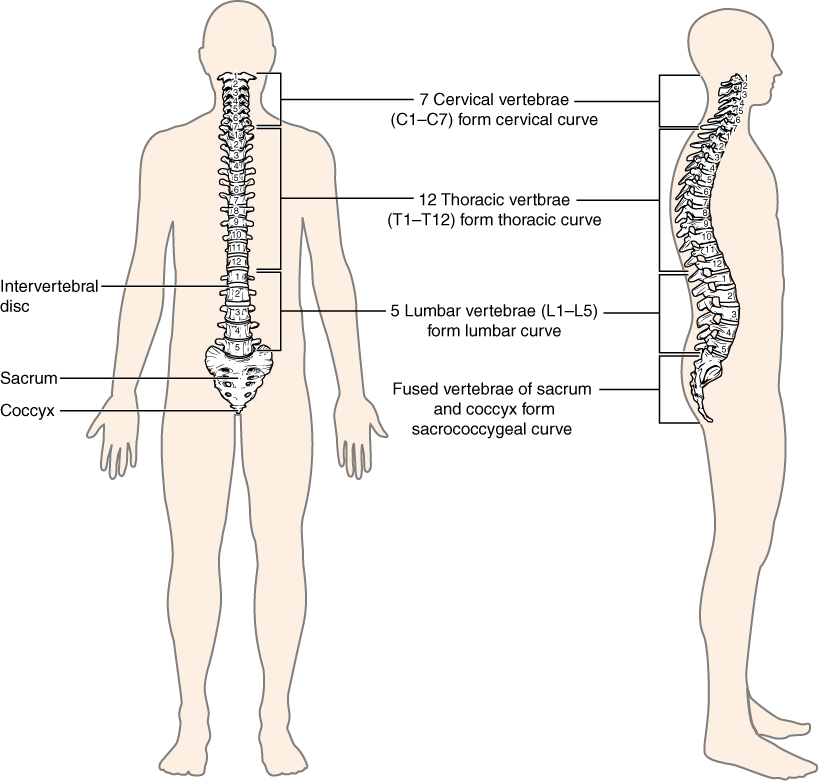If you are experiencing lower back pain, chances are you are not the only one. Many people visit a doctor or physio for this very reason. Lower back pain is not limited to middle-aged adults. Anyone, including teenagers, can have them. Learn more about lower back pain and how you can relieve it below!
Types of Back Pain:
There are two types of back pain: acute and chronic. What are the differences?
Acute
Acute back pain implies short-term back pain that has been around for a few days to maybe a few weeks. In general, most back pain is acute. The great thing about this type is that it resolves by itself. You will most likely need some rest, and normal function will return.
Chronic
Chronic implies something long-term. Those with chronic back pain have pain that lasts for over 12 weeks. Some people that started with acute lower back pain may progress to chronic lower back pain. Successful treatments like physical rehabilitation may help relieve chronic back pain, but sometimes, pain may linger even when medical and surgical treatments.
Back Structure
Our spinal column, or the vertebral column, comprises 5 sections. These include cervical (neck), thoracic (chest), lumbar (trunk), sacral (hip), and coccygeal (tailbone) regions. Lower back pain happens mainly in the lumbar region with five vertebrae (L1 – L5).

In between the sections, you have intervertebral discs, which act as cushions and absorb forces along your vertebrae. You also have ligaments holding the vertebrae in place and tendons attaching your muscles to the vertebral column. Last but not least, you also have 31 spinal nerves running down inside your vertebra column from your spinal cord.
Causes of Lower Back Pain
Lower back pain does not stem from one cause. Since our back has many components, such as the vertebrae and muscles, many things can go wrong. Some examples can include:
Congenital: skeletal irregularities
Injuries: sprains, strains, or traumatic injuries like falls or sports
Degenerative problems: arthritis, intervertebral disc generation
Nerve and spinal cord problems: sciatica, herniated or ruptured discs, osteoporosis
Other causes: endometriosis, pregnancy, kidney stones
Treatments
Various treatments are available depending on the type of lower back pain.
Acute lower back pain may include:
- Medications: analegics, NSAIDs, topical pain relief
- Heat/ice
- Gentle stretches
Bed rest or immobilization is not recommended, as you lose strength. You can resume normal activities or activities with lower intensity. It is essential to maintain mobility and strength. Strengthening exercises that involve the core or the ab muscles may help improve recovery. Contact your health professionals before initiating an exercise program to see if it is appropriate for you.
Chronic back pain treatments can include:
- Acupuncture
- Transcutaneous electrical nerve stimulation (TENS)
- Physical Therapy
Prevention for Back Pain

Photo by Ketut Subiyanto on Pexels.com
The best way to keep back pain away is through prevention. You can do things as easy as:
- Exercise regularly focusing on the core, back muscles, glute, and hamstrings (your posterior chain)
- Maintain a healthy weight and diet
- Ergonomic furniture for work and home
- Move between work and make sure to have lumbar support when seated
Passionate About Getting People to Move?
Why not join countless fitness instructors who are making a difference. If you plan to become personal trainers or osteofit instructors, check out our BC Fitness Theory Course.
References
NINDS. “Back Pain Fact Sheet.” March 2020.